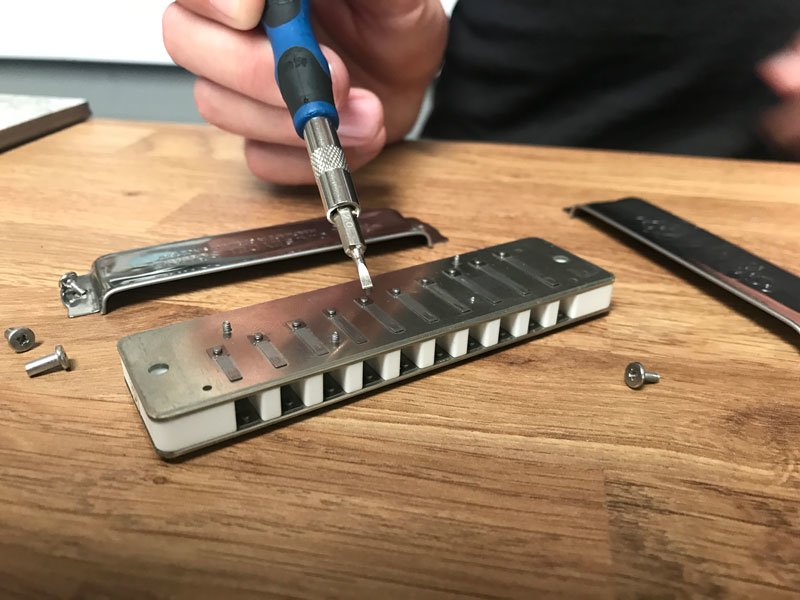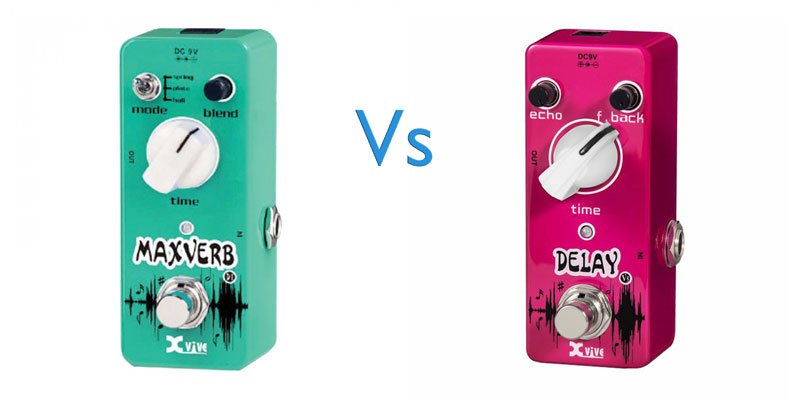How to Make Your Harmonica Better
Being a guitarist before picking up the harmonica, I find it interesting to note the differences between approaches that players take to their respective instruments. When you buy a guitar, irrespective of how expensive it is, you assume that a certain amount of fettling will be necessary to ensure that it fulfills its potential in terms of playability and sound. Even the Custom Shop Fenders that we have upstairs in our coffee shop have had work performed on them to improve the action or feel, and these are guitars that have RRPs in the thousands of Pounds. Most harmonica players, in contrast, generally seem content with their instruments out of the box. Perhaps this is a consequence of the relatively low price of most harps, or the fact that they are an instrument with a finite lifespan. However, with a few fairly minor adjustments, you can really make a difference to the tone and ease of playing of your harp. Below we will cover how to make your harmonica better in four easy steps.
Gapping
The first thing to understand about a harmonica is that it is a mass produced instrument – even the most costly diatonic from one of the big manufacturers is not going to receive the care and attention to make it play at its absolute optimum.
Gapping is a way to set the resting point of each reed. How high you set it depends on how hard you play, and whether you want to use techniques such as overblowing (which requires the reeds to be set fairly low). The most important thing is consistency – reed gaps that are vastly different across the range of your harp will result in a poor sounding and feeling harmonica. Aim to set your reed at the point that produces the best tone for your own playing style.
A great guide to gapping using a relatively simple technique is here:
https://www.harmonica.com/caveman-reed-gapping-53787.html
Make it Air Tight
Not all harmonicas will be completely air tight from the factory: screws can loosen, combs can be less than perfectly flat, and, occasionally, there can be small errors in assembly. Harmonicas that don’t have optimum air tightness can be hard to play, and can often sound squealy.
The first step is to disassemble your harmonica carefully, then reassemble it, making sure that you tighten the screws gradually, and avoid over-tightening. Harmonicas with rivets, such as the Marine Band Classic, are best left alone, unless you’re confident that you can accurately reassemble them and/or replace the rivets with a bolted setup, like that found on the Marine Band Deluxe.
It is also possible to flatten the comb if there are any irregularities in it. This guide provides a detailed description of how to do this: http://harp.andrewzajac.ca/CombMethod
Tuning
Tuning is something very familiar to anyone who plays a stringed instrument, where temperature, humidity and the act of playing all conspire to make small changes to string tension. Many harmonica players don’t consider tuning, though – if the harp is not playing in, say, C, properly, it gets sent back.
Most harps, however, won’t be perfectly in tune straight from the factory. They may be sufficiently close to being in tune for the average player never to notice, but they can usually be improved, which will make audible differences to their tone.
Unfortunately, unlike a guitar, where tuning is a simple matter of turning a tuner whilst looking at a dial on a chromatic tuner, changing the tuning on a harmonica involves removing material from the reed itself – from the tip to raise the pitch and from the base to lower it. A detailed article on how to do this is available here:
http://harp.andrewzajac.ca/Tune
Embossing
The rather arcane term- embossing – refers to the process of narrowing the gap between the reed and the slot. When done correctly, this reduces the amount of air that escapes between the reed and the slot, allowing the reed to function more efficiently, thereby increasing volume and improving response.
We now have embossing tools from Andrew Zajazc available here:
Andrew Zajac Embossing Tool if you want the perfect implement for the task.
A guide showing how to perform embossing can be found here:
HOW TO NARROW THE REED SLOTS ON A HARMONICA
Final Thoughts
So, there you have it – how to make your harmonica better using four different methods. If you’re in any doubt as to your technical ability with any of these techniques don’t attempt them on a good harmonica; practise on one that is already faulty or old first.
As ever, drop us a line if you have any questions or comments..



